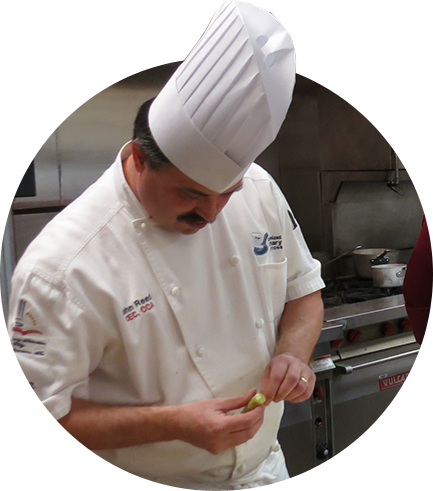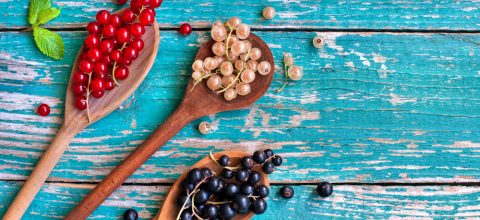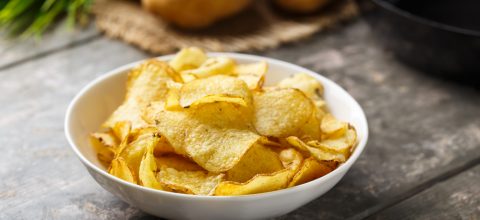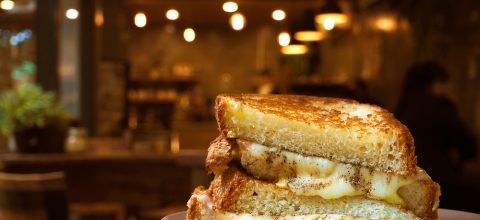I asked my growing boys if they could remember one constant in our lives over the years of getting them to school on time. They really couldn’t think of anything, but after a little prodding, there was a vague glimmer. From the first day I started to walk my kids to the bus stop or fight the chaos of the morning drop-off lane, there was cup of coffee. There was always a cup.
I drink a few cups in the morning, but by midday I am done. I don’t know what was going on inside my head to think that standing in a pair of shorts on a sub-zero Chicago morning waiting for a bus was enjoyable, but my cup of coffee made me happy and makes me think of my kids. Why drink it? Is it the caffeine, the flavor of roasted beans, or the counterbalance of the richness of the whole milk?
By the way, coffee should be simple: coffee and dairy. No shots, foams, drizzles, or dusting. What a way to waste $5 every morning! Who really wants to wait in that long line at the local drive through? I believe, for most “so-called” coffee drinkers, the copious amount other things are a way of masking the unique layers of flavor that make coffee great in the first place. Why do most consumers buy these over-concocted nightmares in the first place? The typical flavor profile in American foods is based on salt and sweet. Bitter and sour are gaining ground but are hard to get accustomed to for most. Our palates like sweet and salty; Caramel Macchiato has all the dynamics. These drinks are sweet beverages and not really coffee.
This balance of sugar and dairy in coffee is a way of avoiding the bitterness that is essential to a great cup of coffee. Our baristas are smart people and love their craft. They take this task of flavor balance to heart by heating the milk before adding it. When coffee is roasted dark, melanoidins are produced. They are formed during the Maillard reactions happening in the process of heat transfer and interaction with carbohydrates. These melanoidins are the source of the bitterness. The art of roasting is a designed process to achieve a specific flavor in your cup. This is the same effect that occurs during the roasting of meats, vegetables, and of course malted barley. I will get to that later.
Milk contains lactose, a disaccharide that is less sweet and less soluble than sucrose (table sugar). When you add sugar to coffee, it immediately affects the taste. Adding cold cream to coffee adds some sweetness, but not to the same perceived level. It tends to give a textural improvement of richness. Next time, look at the coffee creamer ingredients and see how much sugar/corn syrup is in there. So, when a barista is steaming real milk, it is increasing the solubility of the lactose and will boost the perceived sweetness in your cup. Think of a cappuccino versus concession coffee with powdered non-dairy creamer.
So, try heating the milk next time you make a cup of coffee. By the way, having a cup of coffee is not my favorite morning beverage. I drink it to get me going, but a beer for breakfast is the best! Don’t mock me. There is something decadent and comforting in doing so. Yes, there are some breakfast beers out there! Try a simple English Mild or a Milk or Robust Stout. PS: I never had a beer on the days I took my boys to school-that would be so wrong!
Morning Beverages
Gaslight Coffee Roasters

Try out this local roaster on Milwaukee.
Left Hand Brewing Milk Stout
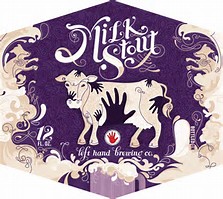
Milk stouts have lactose added to the grain bill to provide a little extra creaminess. Try the Milk Stout on nitro if you can get it or here is a local mild you can occasionally find at the taproom!
Revolution Brewing Workingman Mild

Milds have a toffee to caramel flavor on a light malt backbone with a tea-like quality. This was the beverage of choice at lunch for many a worker as a better option than a sugary drink!

